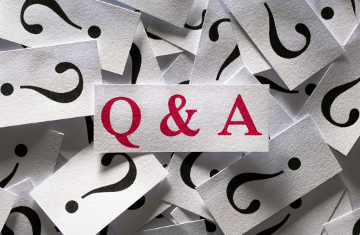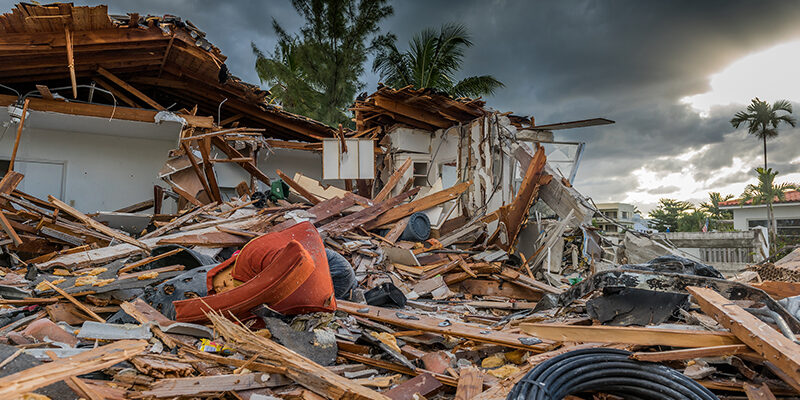The importance of sanitizing textiles and disinfecting hard surfaces

BOISE, ID — The Healthy Facilities Institute (HFI) is pleased to share answers to the following healthcare-related questions posed by a visitor to The Healthy Facilities Institute (HFI) site:
- Question – How important are textiles such as doctor or nurse lab coats in transmitting disease?
- Question – How does this importance weigh against the importance of sanitizing or disinfecting hard surfaces?
Answers are provided courtesy of Benjamin Tanner, PhD, president of Antimicrobial Test Laboratories.
Question: How important are textiles such as doctor or nurse lab coats in transmitting disease?
Answer: Microbiologists understand that fomites (inanimate objects) can serve as transmission vehicles for microorganisms. Most disinfection and sanitization focuses on hard, non-porous surfaces such as tables, floors, and doorknobs, but it is well known that textiles are a surface of concern within the healthcare environment. Textiles tend to transmit fewer pathogens per touch than a similarly contaminated hard surface, but in my laboratory's experience, microorganisms survive longer in/on textiles than on hard surfaces. For example, a study from 2009 showed 24 percent of doctors' white lab coats to be contaminated with S. aureus (a close cousin of MRSA). That study did not use a sensitive sampling technique, so the incidence of contamination is probably even greater. Other textiles such as privacy curtains are also frequently contaminated. One study showed that within one week of laundering, 92 percent of privacy curtains showed MRSA or VRE.
Question: How does this importance weigh against the importance of sanitizing or disinfecting hard surfaces?
Answer: Sanitization of soft surfaces such as privacy curtains and lab coats should be done in at least the same frequency as surface disinfection, since patient and doctor contact with soft surfaces is reasonably common. Unfortunately, the optimal frequency of sanitization of soft surfaces is not known. Some studies indicate that surfaces become re-contaminated within just a few hours after sanitization, so sanitization multiple times per day would likely give the maximum benefit.
Note: While an effort is made to ensure the quality of the content and credibility of sources, HFI provides no warranty – expressed or implied – and assumes no legal liability for the accuracy, completeness, or usefulness of any information, product or process disclosed. The views and opinions of the authors or originators expressed herein do not necessarily state or reflect those of HFI: its principals, executives, board members, advisors or affiliates.












